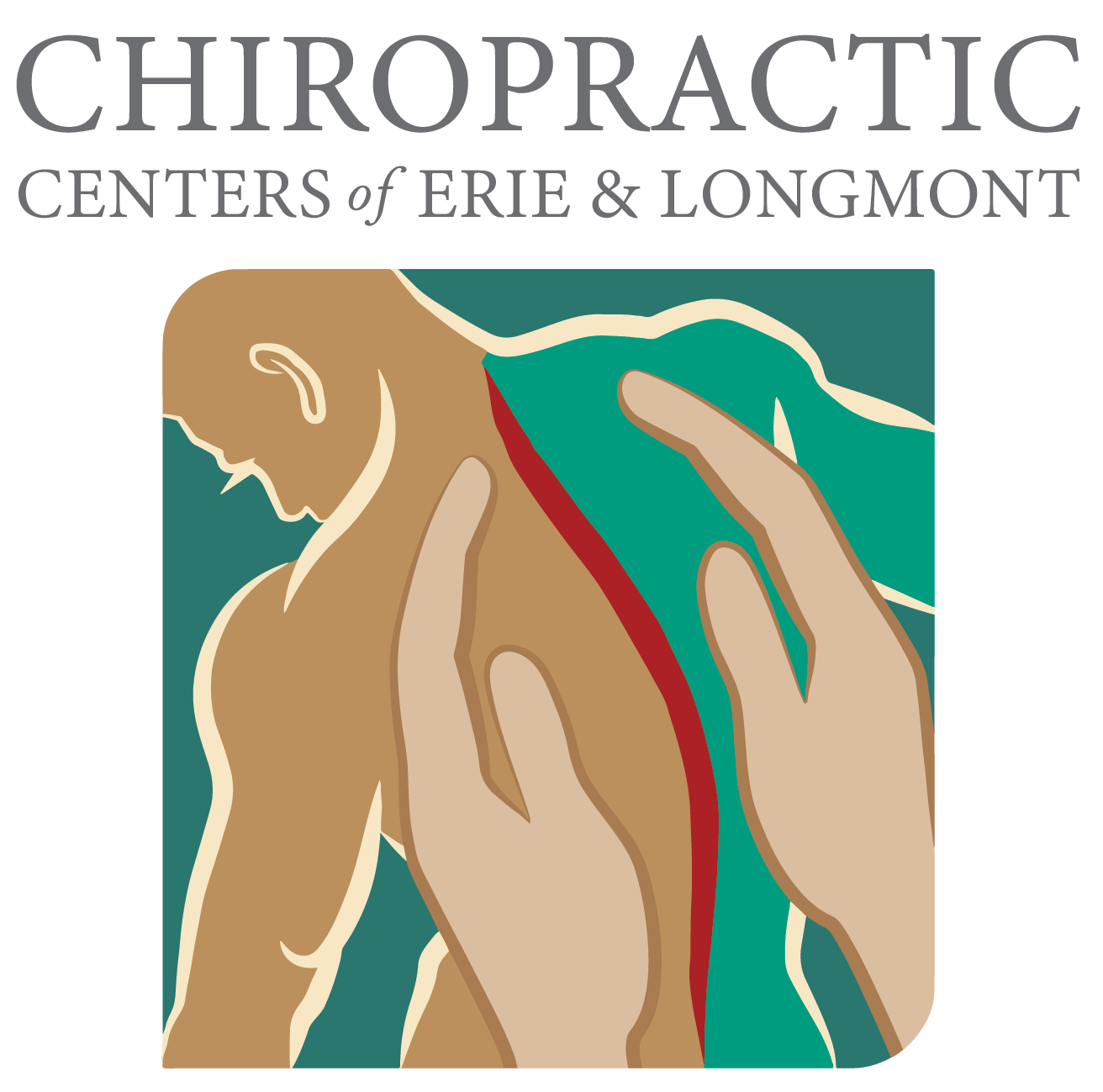Chiropractic Care for TMJ

Bam! That is the sound of your jaw locking, straining, and causing one of the most frustrating and persistent pain experiences known to humanity—TMJ. For too long, sufferers of jaw pain were left with few solutions and even less relief. But all that has changed with the discovery of relief through chiropractic care for TMJ! Thanks to skilled chiropractors, you no longer must live in fear of another episode. Put an end to limitations caused by jaw pain and unlock the solutions to your TMJ worries. Read on to learn more about the benefits chiropractic care offers to ease chronic jaw pain and help you get you back to living life on your own terms.
Quick Overview of Key Question
Chiropractors may use manual or instrument-assisted techniques to treat temporomandibular joint syndromes (TMJ), such as adjustments, soft tissue therapy, and exercises to restore range of motion and reduce pain. It is recommended that you consult with a qualified chiropractor for an assessment and proper diagnosis before pursuing any treatment.
What is TMJ?
Temporomandibular joint (TMJ) disorders are a group of neuromuscular, musculoskeletal, and inflammatory conditions. TMJ disorders are defined by chronic pain, discomfort, and limited jaw movement. They can also cause secondary symptoms, such as headaches and neck pain, due to the muscles being connected directly to the temporomandibular joint.
The causes of TMJ problems can vary from person to person. Some sources believe that bruxism (teeth clenching or grinding), trauma and/or injury to the TMJ area, arthritis, poor posture, excessive chewing gum use, dental problems, and jaw misalignment can be contributing factors to TMJ issues.
While the causes of TMJ remain debatable at times, it is important to understand that treating this disorder is possible through physical therapy and chiropractic care treatments that involve massaging the face or trigeminal nerve system, muscular releases in affected areas of the head-neck region such as muscles in front of the ear and sternocleidomastoid muscles including the application of cold compresses as needed.
As we transition towards a discussion on common symptomology associated with TMJ disorders, it is important to note that since causes and severity can vary from individual to individual, so too will symptomology experienced by each particular patient.
Common Symptoms of TMJ
When it comes to Temporomandibular Joint Dysfunction, commonly referred to as TMJ, the most common symptoms include jaw pain, popping and clicking noises in the jaw joint when opening and closing, facial tenderness around the jaw area, headaches, ringing in the ears, neck, and shoulder pain, difficulty eating and speaking. It is important for patients to be aware of these indicators of TMJ disorder so that they can accurately diagnose their condition and receive the required treatment. Some have debated whether jaw pain can be caused by psychological causes such as stress or anxiety, however, a review of clinical trials has shown an association between psychosocial factors such as depression and anxiety with TMJ disorders. While added stress and poor body posture may contribute towards the intensity of pain experienced by those suffering from TMJ disorder, physical issues such as lack of joint lubrication still remain one of the primary causes for the onset of this dysfunction.
As understanding about TMJ grows, more effective treatments are being developed to alleviate its effects on patients with some experts arguing lifestyle changes including posture correction could reduce the amount of pressure applied to joints responsible for this type of disorder. With a variety of treatment options available, it is important to discuss your options with a healthcare professional who can help you find what works best for your individual situation. One viable option is chiropractic care as it provides a non-invasive technique for addressing jaw pain relief for individuals affected by TMJ. Let us now explore the various treatment options available through chiropractic care that could bring long-term relief from this affliction.
Treatment Options Available through Chiropractic Care
Treating TMJ can be a challenging proposition, but luckily there are several treatment options available through chiropractic care. Many sufferers have experienced relief from temporomandibular joint (TMJ) pain with chiropractic adjustments. According to some studies, this form of care is an effective way to restore pain-free movement of the jaw and alleviate discomfort. Some patients even report relief after just one or two sessions.
Chiropractors use their hands to realign the spine and affected muscles to stimulate healing and reduce stress on the muscles near the broken joint. This can result in increased mobility, increased flexibility in surrounding muscles, reduced inflammation, and decreased pain. Additionally, many chiropractors use physical therapies like massage or ultrasound therapy to provide targeted care for the affected area.
Other non-invasive treatments for TMJ may include lifestyle and dietary changes or splints (oral devices). While these simple measures may not always provide complete relief from TMJ, they are helpful in alleviating symptoms and preventing further damage.
The best approach to treating TMJ usually involves a combination of treatments rather than relying on just one solution. That is why exploring any available option is generally recommended by healthcare providers. With that being said, it is important to find a qualified provider you trust who has experience treating TMJ.
At the end of the day, healthcare providers, such as chiropractors with expertise in treating TMJ and other related ailments, can help get you back on track toward living a pain-free life. Understanding the various treatment options suggested by your practitioner will allow you to determine which of them would work best for your situation so that you can move on from your jaw pain with confidence – in preparation for what is to come next: physiotherapy & jaw joint manipulation!
Physiotherapy & Jaw Joint Manipulation
In addition to the chiropractic care for TMJ mentioned in the previous section, physiotherapy, and jaw joint manipulation can also provide pain relief and healing for those suffering from jaw pain. This treatment method involves the use of various therapeutic exercises and stretches that target specific areas of the jaw and head to improve strength, flexibility, and mobility. While there is debate over the effectiveness of this approach, some research has shown that exercise intervention can help reduce tension in both the muscles surrounding the jaw and head as well as the joint itself.
The benefits of exploring alternative treatments like physiotherapy along with traditional treatments provided by chiropractic care are numerous. In addition to reducing pain and increasing comfort levels, it lets patients take an active role in their own health care and opens many different avenues for alleviating Jaw Pain. With that being said, exploring these avenues should be done under consultation with a healthcare professional experienced in safely providing such treatments.
By utilizing different solutions offered through chiropractic care as well as other forms of rehabilitation, those suffering from TMJ disorder can begin their journey towards a more balanced posture, improved muscle strength and flexibility, and reduced pain that comes with this condition. So far, we have explored treatment options available through chiropractic care but next, we will dive into some of the unique benefits associated with receiving this form of health treatment.
Essential Points to Remember
Alternative treatments like physiotherapy and jaw joint manipulation in addition to chiropractic care can provide pain relief and healing for those suffering from TMJ disorder. Research has shown that these noninvasive methods may be favorable long-term solutions for managing symptoms and taking an active role in health care. By utilizing different solutions offered through chiropractic care as well as other forms of rehabilitation, individuals can have improved muscle strength, flexibility, and reduced pain. Consultation from a healthcare professional experienced in providing such treatments is recommended.
Benefits of Receiving Chiropractic Care for TMJ
Receiving chiropractic care for TMJ can have many benefits, which is why it should be considered as a potential treatment option. Firstly, the manual adjustments to the jaw joints performed by chiropractors can help to reduce pain, improve the range of motion, and lessen muscle spasms. Manual manipulations, such as clicking the joints, can also relax the muscles of mastication and encourage blood flow, providing further relief and minimization of jaw pain.
Furthermore, when combined with other treatments such as physiotherapy or specialized exercises recommended by the chiropractor, there can potentially be long-term effects in reducing symptoms associated with TMJ pain. As a result, a lot of patients report that they have experienced significant improvements in their quality of life due to this form of treatment.
Despite this debate, however, thousands of people around the world have had success in managing their issues with TMJ through chiropractic care. From anecdotal feedback to case studies often published in medical journals that emphasize its therapeutic effectiveness for jaw Pain relief, patients might feel more comfortable seeking relief through this avenue when paired with additional treatments such as physical therapies.
Overall, whether gained through scientific research or individual opinion and experience, it is becoming increasingly evident that many have found support and comfort from having chiropractic care as part of their treatment plan for dealing with TMJ-related problems.
Services
What We Treat
Patient Types
FAQ
Common Questions
Chiropractic care can be an effective method of relieving the symptoms associated with TMJ, also known as a temporomandibular joint disorder. Common symptoms of TMJ include chronic jaw pain, popping and clicking of the jaw, headaches, jaw locking, facial and neck pain, and limited range of motion in the jaw. Through manipulation, adjustments, and massage therapy, a chiropractor can reduce inflammation to alleviate these symptoms. Additionally, exercises may be recommended to strengthen the muscles that control the jaw which may have become weak from overuse or injury. By identifying the source of tension and carefully manipulating the muscles to treat the problem directly at its source, chiropractors can effectively provide pain relief for those with TMJ.
Chiropractors use a variety of techniques to treat TMJ or temporomandibular joint disorder. These techniques can include spinal adjustments and manual manipulations, as well as myofascial release and physical therapy exercises. Spinal adjustments target the joints, muscles, and nerves in the middle of the neck and upper back that connect to the jaw joint. Manual manipulation aims to improve mobility around the jawbone and its connected tissues. Myofascial release techniques target the deeper soft tissues in the area to reduce tension, stiffness, and discomfort. Physical therapy exercises can also be used to strengthen and realign the jaw muscles, increase the range of motion, and ultimately reduce symptoms of TMJ. All these techniques have been proven to be an effective form of conservative treatment for both acute and chronic cases of TMJ.
When getting chiropractic care for TMJ, it is essential to ensure that safety measures are taken. Firstly, it is important to make sure that the treatment is provided by a qualified and experienced chiropractor who specializes in treating TMJ disorders. The chiropractor should make sure that appropriate safety precautions are in place, such as using protective cushioning when manipulating the jaw. They should also take into consideration any underlying medical conditions or other treatments you may be taking.
It is also essential to be open and honest with the practitioner during your appointment, providing full details of your medical history and any medications or supplements you are taking. Additionally, always follow their advice regarding aftercare, such as avoiding extreme temperatures like hot or cold packs around the area, abstaining from hard foods for a few days afterward, and following other advice on lifestyle changes if necessary. By carefully following these steps, it will help to ensure both a safe and successful outcome from chiropractic care for TMJ.

